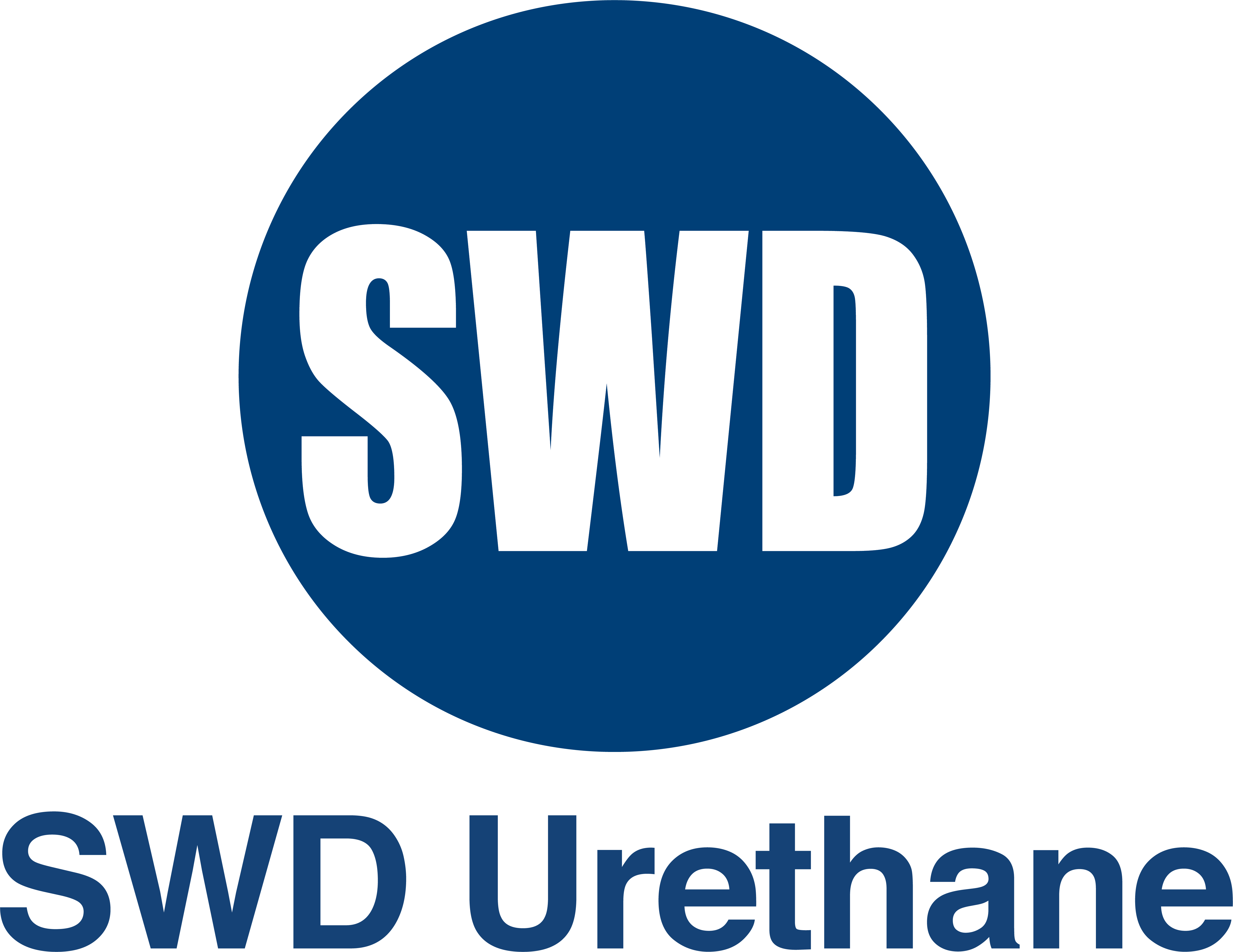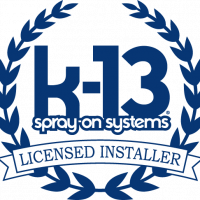More and more homes are opting to become more energy-efficient. This not only saves money on the electric bill but also helps to reduce the home’s carbon footprint and thus aids in the fight against climate change. Insulation helps reduce the heat that leaves your home in cold winter months and prevents excessive heat from entering your home in hot, humid summer months.
For a home to be more energy efficient, it needs to be properly insulated. As a building contractor, it’s important to be informed about the best insulation options for new build homes and the benefits that each of these hold.
To measure insulation, the R-value is calculated. This refers to how resistant the specific insulation is to heat and its ability to either keep heat in or out.
Types of insulation you should know
1. Batt insulation
Batt insulation consists of fiberglass and mineral wool, also referred to as rock wool. This type of insulation was originally produced in large rolls, but today this insulation is pre-cut into standard industry sizes.
Batt insulation is the most widely used insulation to seal walls, attics, and ceilings. It is also one of the more cost-effective types of insulation that can make a great option for a DIY project. This type of insulation has an R-value of between R-2.9 and R-3.8 for every inch of thickness.
2. Spray foam insulation
Spray foam insulation is made from either liquid latex or polyurethane foam. Essentially, spray foam is sprayed on cracks and crevices in walls and other hard surfaces. The spray foam then expands and sets in the crack, filling it up perfectly. There are two types of spray foam:
- Closed-cell foam
- Open-cell foam
Between these two options, closed-cell foam is far denser. It has an R-value of 6.2.
3. Blown-in insulation
As the name implies, blown-in insulation is blown into an area that requires insulation, using a very specific machine. Another name for blown-in insulation is loose-fill insulation. The material is paper-like and is made of fiberglass, cellulose, or rock wool.
This type of insulation is ideal for areas that require additional insulation, tricky areas, or areas that require additional attention. The R-value depends on the material it is made of and ranges between R-2.2 and R-3.8.
4. Vapor barrier insulation
Vapor barriers are used to prevent moisture from entering your home, even if there is insulation. It is typically made of polythene and placed between the cavity and inner masonry skin, on the warmer side of the structure.
5. Foam board insulation
Foam board insulation is a firm structure. This type of insulation is used to reduce the heat that is conducted through wood or roofs. These foam boards are typically made from one of three types of material:
- Polyisocyanurate
- Polystyrene
- Polyurethane
These insulation boards are ideal for interior or exterior insulation. The R-value of these foam boards ranges between R-4 and R-6.5.
6. Radiant barrier insulation
Radiant barrier insulation reflects heat away from the home. It is made from one of three types of material, including:
- Polyethylene
- Kraft paper
- Foam board
This material is further covered by a reflective material such as aluminum foil. This type of insulation is both budget-friendly and ideal for DIY projects.


